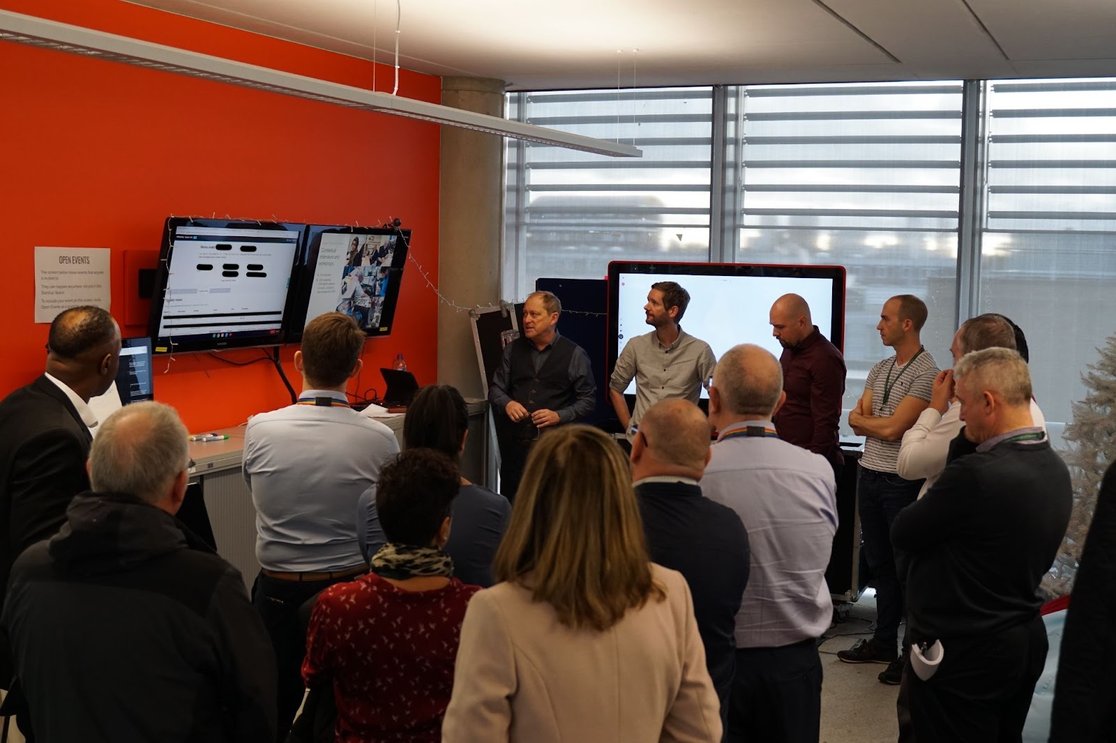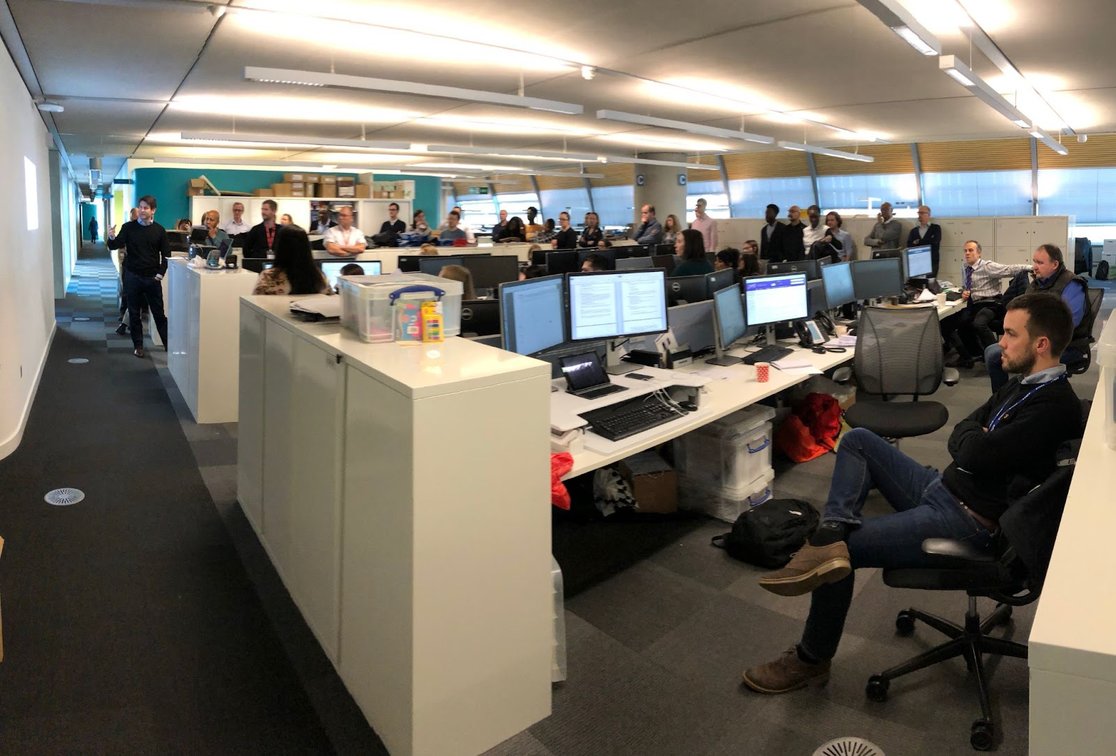“Working in the open” will mean different things to different organisations, but this blog will outline what it means at Unboxed - why we think it is so important and how we work in the open in our everyday practices.
Our values here are openness and transparency, learning by doing, healthier relationships, care and attention, and continuous improvement. Working in the open is one of the ways we encompass them in our day-to-day work.

Why we work in the open
There are many advantages to working in the open, some fairly practical and others more abstract, but all lead to what we want most, better quality of work and better team relationships.
The phrase “a problem shared is a problem halved” applies here. Sharing what you’re doing and the problems you’re trying to solve with other teams and organisations might reveal that they are tackling something similar. You can then compare notes, swap ideas, and even brainstorm together. It might not even be in the same sector, but ways that teams have approached more general issues like getting users that are hard to access to participate in research. Input and discussion from a wide range of sources means more diversity of thought which will lead to better, more innovative solutions.
Further to this, it can also open up new opportunities for collaboration. Perhaps once you’ve discussed ideas with another team, you may find that you want to work together to solve the problem. Or that a new digital service you’re creating would also be really useful in another council or department. Other forms of collaboration can result from this, like co-authoring a thought piece, or talking together at a conference.
Doing all your work out in the open also inspires trust from those around you, fostered by the honesty that is displayed. Anyone who is unsure of why you have reached certain conclusions can look back over your work and follow the trail. Stakeholders who want to be involved but are too busy can easily keep abreast, and those who are less bought in can see and question the process, and not feel that they are being left out in the dark.
How we work in the open
There are various tools and practices we use to work in the open, allowing whoever is interested to keep informed of what we’ve been doing.
Firstly, the tools we use encourage transparency and people to see where we are in our sprints:
- Public Slack channels
- Public project boards (e.g. Trello or Pivotal)
- Google Drive
- Public projects on GitHub
As well as this, in more normal times we went to client sites and invited them to come to our offices, allowing for close working. It also facilitated chance encounters and conversations with people there who weren’t necessarily directly involved in the project, and to see the problems in action.
"[…] the panel were particularly impressed by the team's commitment to co-location with the Service Manager from PHE being on site with the team from the agency almost every day. This made it easier for the team to make decisions in a clear, direct and transparent manner."
Service assessment panel, Department of Health and Social Care
All our Show and Tells are open and we invite as many stakeholders as we can think of, and are usually held every two weeks. This allows as many people as possible to ask questions and give feedback and input. We also record them and then upload them in case people can’t make them. We write weeknotes (a summary of the week’s work on the project) or sprint notes (a summary of the sprint’s work) and publish them, again keeping people fully informed and allowing them to comment on or question what we’re doing.

Once we’ve finished a piece of work, or even during, we write blog posts about specific elements of it, discussing what we’ve learned or questions we’ve been thinking about. And finally we go and talk about our work at events and conferences. This is particularly rewarding as it allows you to mingle, when events are in-person, and have interesting conversations with people who are passionate about working in the public sector.
Working in the open is essential to building trust in and between teams, encouraging discussion about the work being done. This in turn leads to a much higher quality work which reflects the input of a myriad of views.

